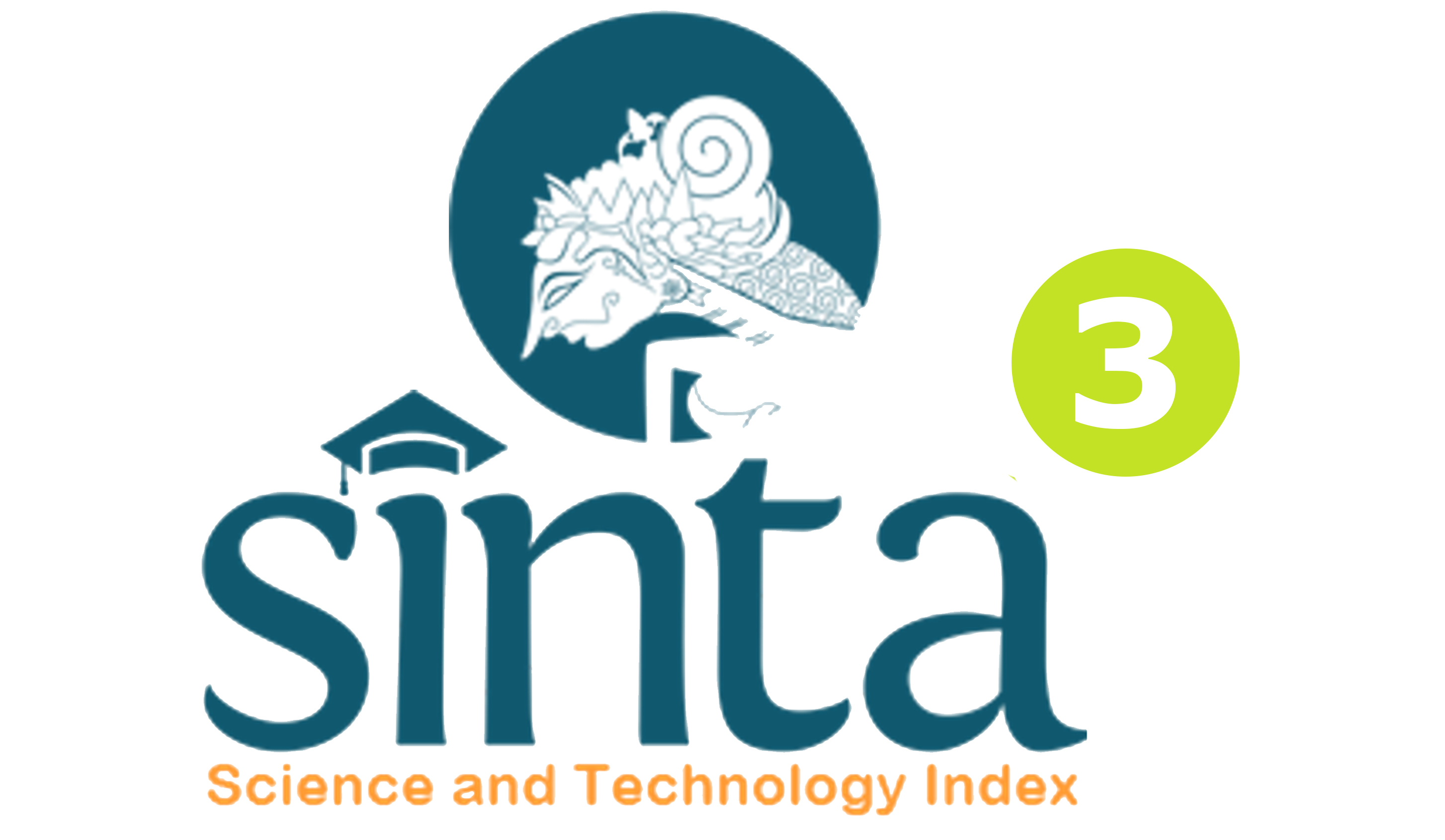Anti-Corruption Training and Student Anti-Corruption Behavior Index
DOI:
https://doi.org/10.23887/jjbk.v11i2.30329Abstract
This study aims to see the effectiveness of anti-corruption training to increase the anti-corruption behavior index of students. This research refers to the 2012 and 2019 Central Bureau of Statistics survey results and follow-up research reports from Heryadi and Yuliasari 2019. This study will ask respondents to intervene in the form of anti-corruption training to increase the student's anti-corruption behavior index with a single indicator, namely student confidence. towards society.
Opinion of respondents behavior / habits that are suspected to be corrupt behavior and daily corrupt behavior.
The method used is an experimental method. The population in this study were students of the Faculty of Economics and Social Unjani Yogyakarta, batch 2018 and 2019. Respondents were selected using a quota sampling technique. Data analysis techniques used statistics with the help of SPSS in the form of different tests. The results showed that anti-corruption training was effective in increasing the anti-corruption behavior index of students
Downloads
Published
Issue
Section
License
Jurnal Ilmiah Bimbingan Konseling Undiksha is an Open Access Journal. The authors who publish the manuscript in this journal agree to the following terms:
JIBK is licensed under a Creative Commons Attribution 4.0 International License. This permits anyone to copy, redistribute, remix, transmit and adapt the work provided the original work and source is appropriately cited.
This means:
Jurnal Ilmiah Bimbingan Konseling is licensed under a Creative Commons Attribution 4.0 International License.
(1) Under the CC-BY license, authors retain ownership of the copyright for their article, but authors grant others permission to use the content of publications in JIBK in whole or in part provided that the original work is properly cited. Users (redistributors) of JIBK are required to cite the original source, including the author's names, JIBK as the initial source of publication, year of publication, volume number, issue, and Digital Object Identifier (DOI); (2) The authors are the copyright owner of the article, and the author grants the JIBK held the first publication right.









.png)

.jpg)
